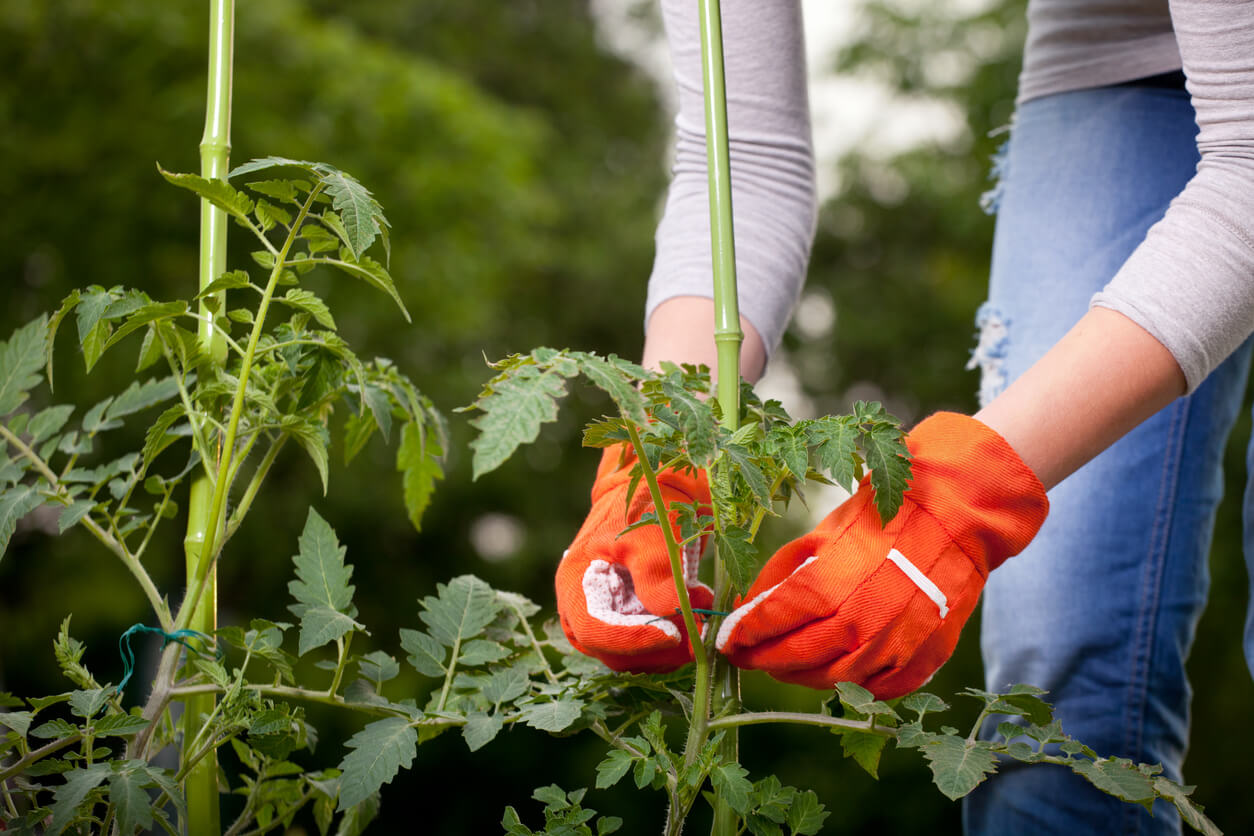Why would anyone send out invitations asking Japanese beetles into their yard? They'll eat almost everything there. Still, many Georgians keep inviting them year after year.
"People sometimes try to use commercial traps to control Japanese beetles. Don't ever do that," said Beverly Sparks, an entomologist with the University of Georgia Extension Service.
The traps will catch the landscape-munching beetles, all right. But the pheromone they use to call the bugs into the trap will also attract them into your yard. That's the problem.
"Don't try to use traps for control. They'll just call more beetles into your yard," Sparks said. "Traps are good for monitoring populations and letting you know when the beetles begin to show up. But once you start catching some, you need to remove the traps."
Japanese beetles are metallic green, thumbnail-size bugs with coppery wings. They have a row of white spots around the margins of their wing covers.
You don't often see one alone. "They usually appear in large numbers," Sparks said.
The adult beetles eat the leaf tissue between the veins in a number of landscape plants. Their favorites are crape myrtles, plums, cherries and peaches. But they love roses, too.
"They're not really very picky," Sparks said. "They feed on a wide range of landscape plants, and in large numbers they can do some significant feeding damage."
Once Japanese beetles show up in your yard, the most effective thing you can do is treat infested plants with an insecticide.
Sparks recommends Sevin and said it's best to spray on a liquid formulation. "It's the most effective," she said, because it allows you to cover the leaves better.
"The product breaks down in just a few days in intense sunlight and high heat, though," she said. "So you'll need to spray the foliage again about once a week throughout the period the beetles are active."
When beetles reappear, the problem isn't that the Sevin isn't working. It's just that new bugs continue to migrate into the area.
"Japanese beetles are very mobile, and they can fly long distances," Sparks said. "Flights usually last six to eight weeks, so you have to keep treating the foliage they feed on."
If you don't like the idea of using chemicals in your yard, pick the beetles off by hand, or shake them off over a bucket of warm, soapy water. "Japanese beetles aren't all that hard to kill," Sparks said.
Remember that the beetles will keep coming. Whichever method you use to get rid of them, you'll have to keep doing it.
Just don't keep those pheromone traps out in the backyard. Or if you do, you may want to book a bug band and put in a tiny dance floor -- it's going to be a long beetle party out there.






